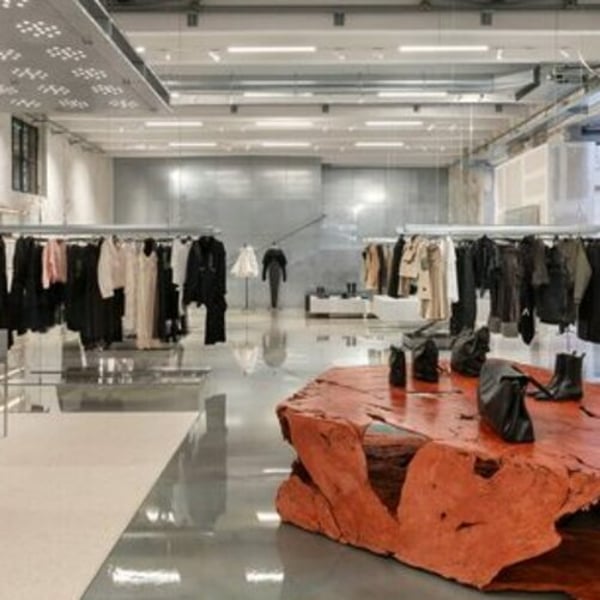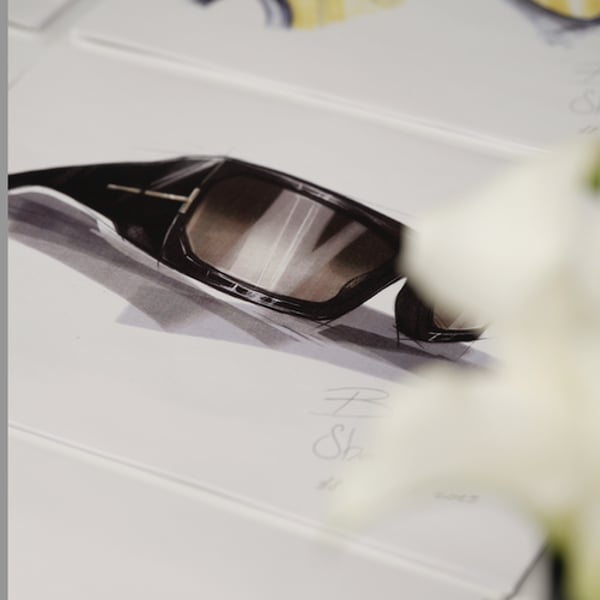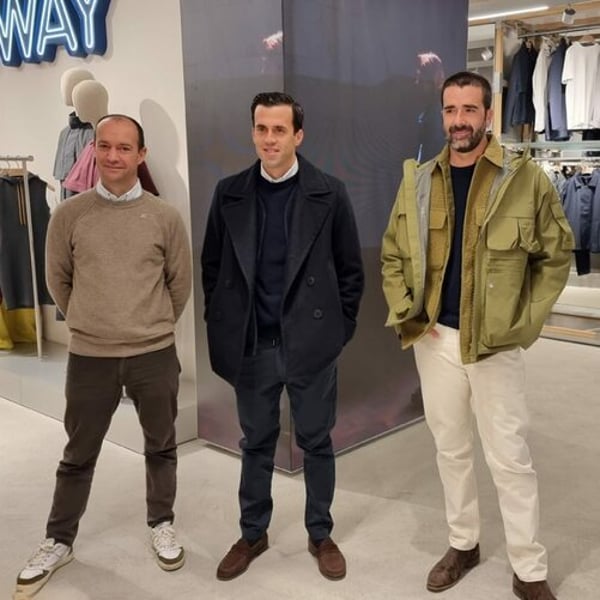Translated by
Nicola Mira
Published
July 16, 2025
Independent luxury multibrand boutiques have nearly vanished from the retail landscape, following the gradual rise of monobrand stores and the widespread diffusion of budget chains. Yet they can still hope to make up for lost ground, and they do have a card to play, provided they can reinvent themselves. This was the main, slightly controversial finding of the ‘Reinventing Multibrand Retail’ study by Bernstein for Altagamma, the association of Italy’s top luxury labels. The study was presented in Milan on Tuesday, during the conference organised for the 11th edition of the Altagamma Consumer & Retail Insight survey.

In the last 20 years, luxury labels have focused their efforts on their direct retail fleets, opening new monobrand stores at an exponential rate. These stores are characterised by increasingly large retail areas, they differ from city to city, and are increasingly linked to their labels’ identity. In the 2000s, labels used to generate 49% of their revenue through their own stores, a share that, according to the study’s findings, grew to 86% in 2024.
High-end monobrand retailers were squeezed out by this expansion, and their numbers were greatly reduced following store closures and heavy disruption for the channel. It was a tough time for multibrand retailers, marked in Paris by the closure of iconic boutique Maria Luisa in 2010, followed in 2017 by that of another benchmark address in the French capital, concept store Colette. During the next decade, US department store chains were also affected, especially during the Covid pandemic in 2020-21, while in Europe market opportunities for independent retailers shrank considerably, since they were also having to deal with exorbitant price increases imposed by luxury labels.
Even Japanese chains, which regularly record the world’s highest footfall figures, saw sales of their apparel products decline, while those of food products increased dramatically. The study indicated that the crisis chiefly struck multibrand retailers specialised in ready-to-wear and leather goods, while stores selling beauty products, watches, jewellery and footwear continued to grow their businesses.
“Traditional retail formats like department and multibrand stores, whether located in the West or Japan, are beset by structural difficulties, even if they benefit from high-footfall locations,” said Luca Solca, the study’s author. In parallel, multibrand e-tailers have mostly collapsed, like Farfetch, bought by Korean group Coupang, or YNAP, acquired by MyTheresa – now regarded as one of this segment’s sole survivors.
“Traditional multibrand stores, like department stores and independent boutiques, are clearly declining, while monobrand retail is on the rise, especially if we consider apparel and accessories. Online marketplaces entered the fray with ambitious plans, but in most cases they have failed. The result is that consumer choice has been significantly reduced, and the same goes for the distribution channels available to smaller labels, which don’t have the strength to have a retail presence under their own name,” said Solca.

Squashed between luxury labels’ boutiques and low-cost chains, such as Shein, Temu and Zara, independent multibrand retailers have gradually lost ground, and ceased to provide a market outlet for premium and mid-range brands. Having limited resources compared to large luxury groups, mid-size, emerging and new brands find it very hard to cope with the investment levels required to open stores, investments that are often unprofitable because they are way too high for these brands’ size. “These brands have positioning and durability problems. They have been penalised by the crisis of multibrand retailers, which used to play a crucial role in curating and discovering smaller labels, often less recognised by consumers. The role retailers play as talent-spotters is essential,” said Solca.
“Our customers don’t need anything, but they’re all looking for something. It’s up to us to give it to them. Apart from those who already know which labels they love, there are other consumers, another 50% of the market, who are entering the luxury sphere now, and need to be guided, inspired. That’s where our greatest challenge lies. To overcome it, multibrand retailers are sorely needed,” said Luca Lisandroni, co-CEO of Brunello Cucinelli, speaking at the Altagamma conference. “Multibrand stores are very important, because they train our ability to listen. It’s an extremely modern channel, much more relevant than we think, because it’s an open system. It puts brands face to face with a different point of view, that of the retailers who select and interpret our collections,” he added.
Among multibrand chains that are currently successful, the Bernstein study cited US group Mitchell Stores, and Sogo & Seibu from Japan, acquired by US investment fund Fortress Investment Group. Sogo & Seibu has successfully redesigned its flagship store in Ikebukuro in Tokyo, showcasing its range of men’s and women’s luxury ready-to-wear on the same floor.
“These two examples show how the traditional formula can be improved. There are also mass-market players, such as Inditex, which are successfully expanding into the premium segment. Finally, there are new players – online giants like Google, assisted by AI, or Amazon. Each in their own way, they’re seeking to position themselves in fashion’s medium and high-end segments. Adopting a hybrid physical/online format could enable multibrand retailers to make faster inroads into the premium segment, as shown by the merger between Amazon and US department store Saks. That’s very interesting. In fact, it’s opened the floodgates,” said Solca.
Another interesting initiative is the partnership recently forged between Italian multibrand store LuisaViaRoma and Thebs.com, the collective e-shop of the independent multibrand retailers affiliated with the Camera Buyer Italia (CBI) association, creating the first 100% Italian luxury marketplace. “Major luxury labels owe a great deal of their success to Italian multibrand retailers. However, this channel has never been valued. The deal with LuisaViaRoma will enable us to create our own ecosystem and gain visibility,” said Maura Basili, president of CBI. Something to keep an eye on.
Copyright © 2025 FashionNetwork.com All rights reserved.







